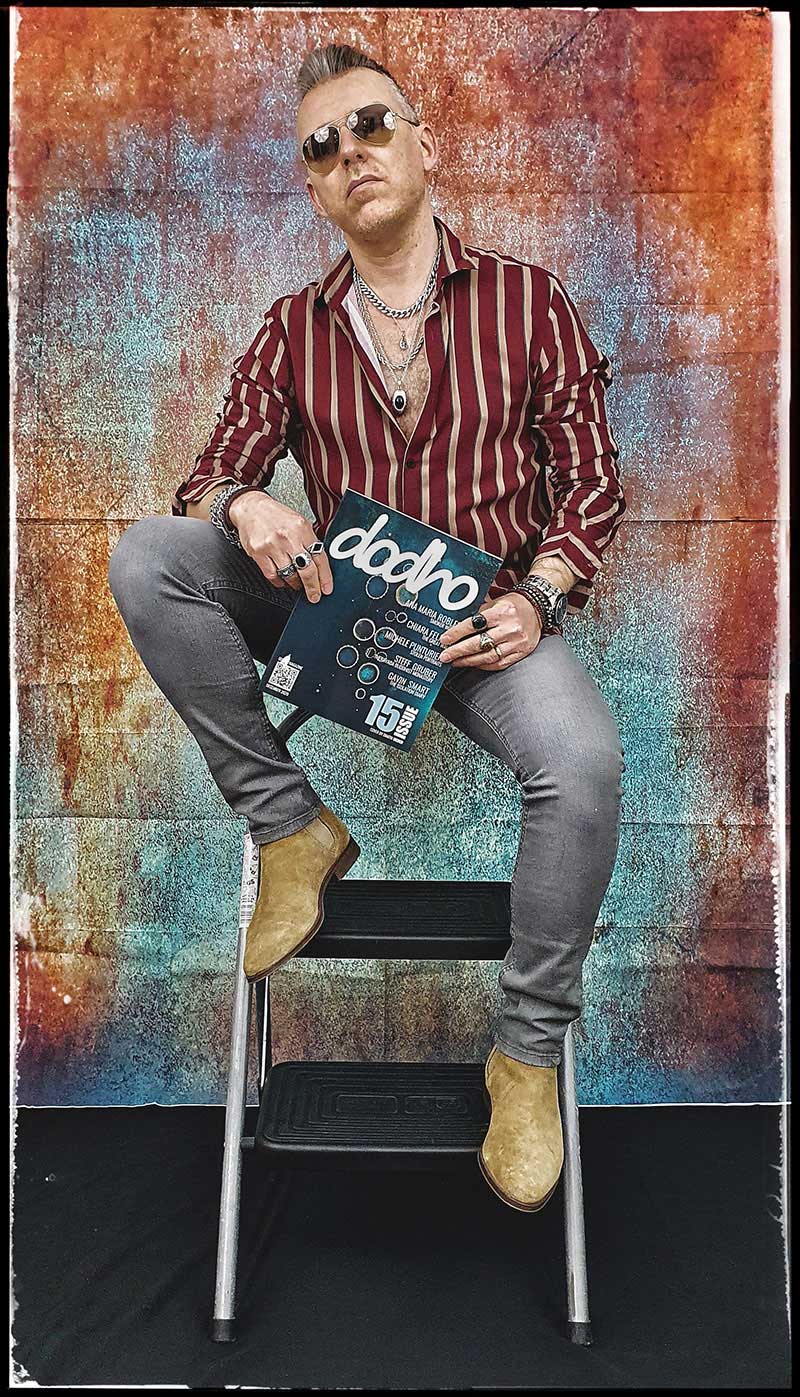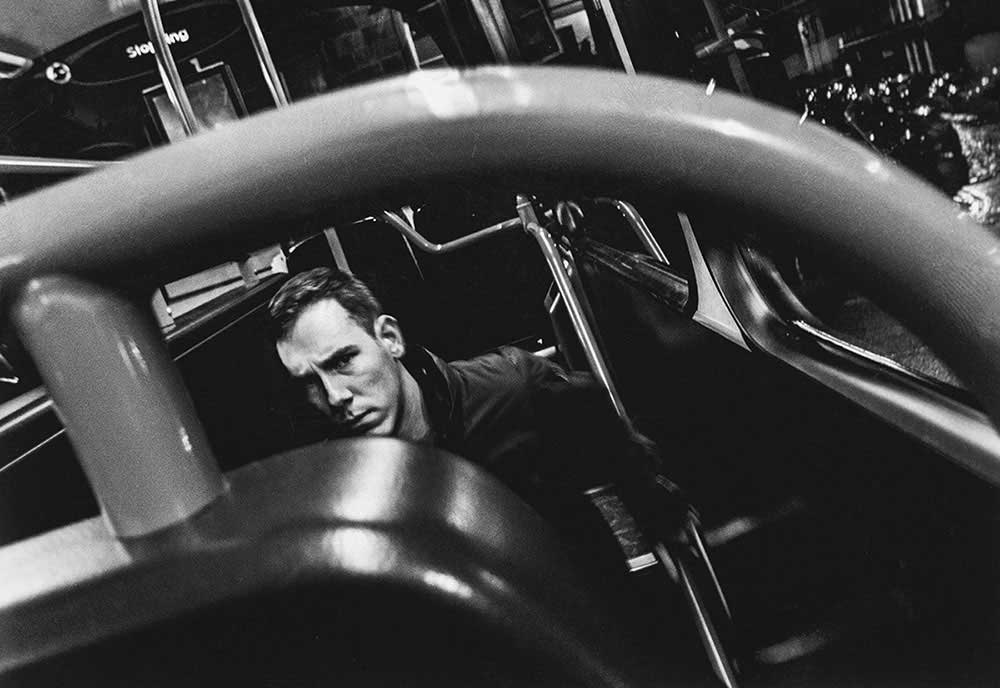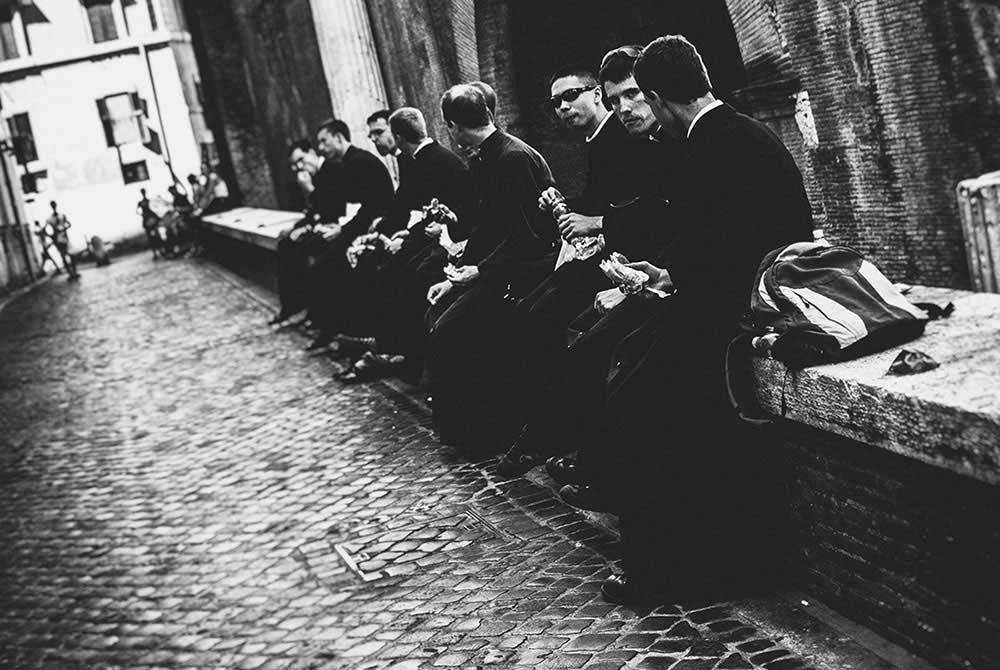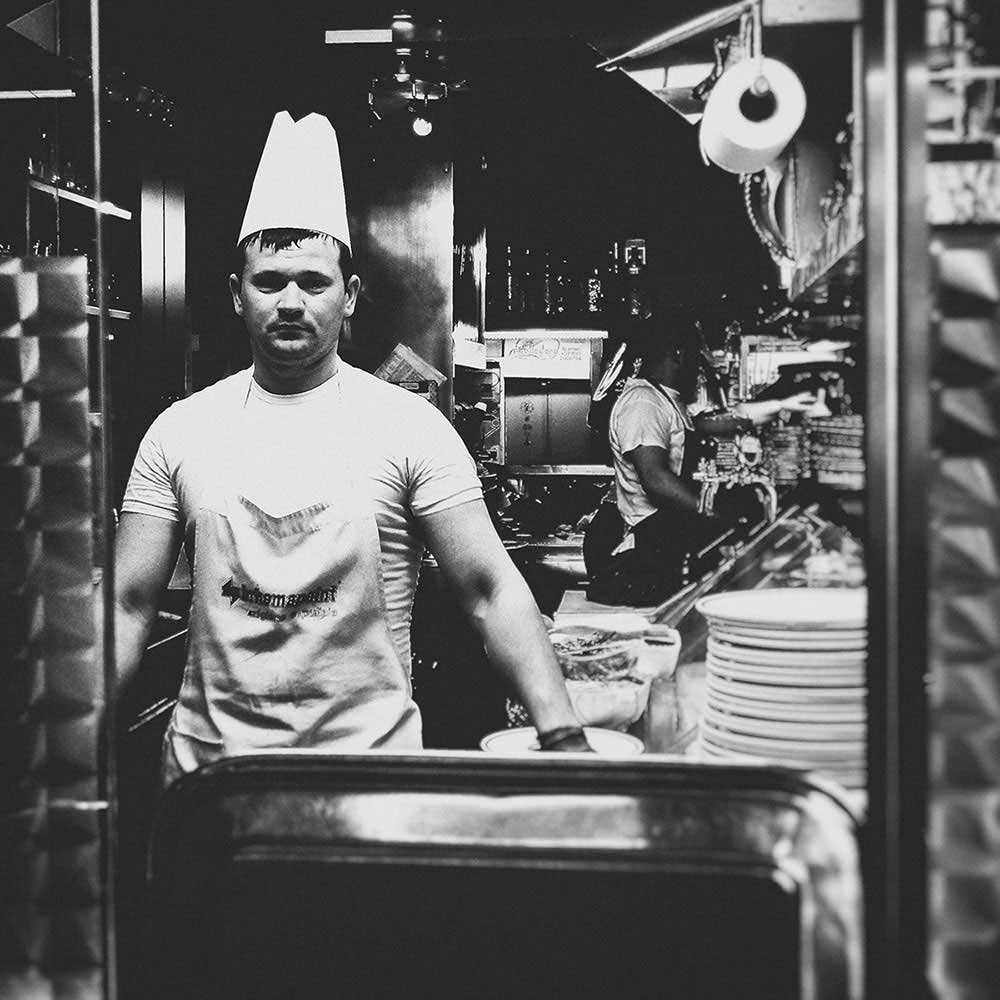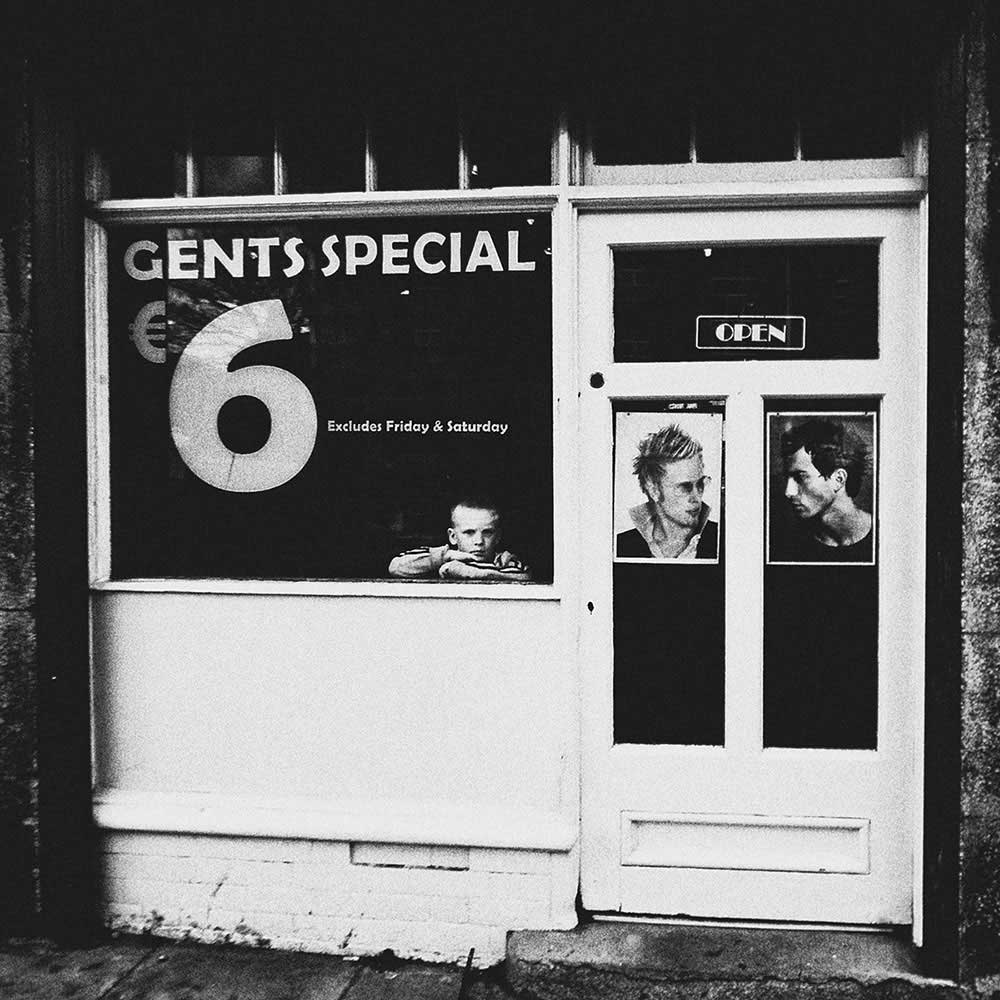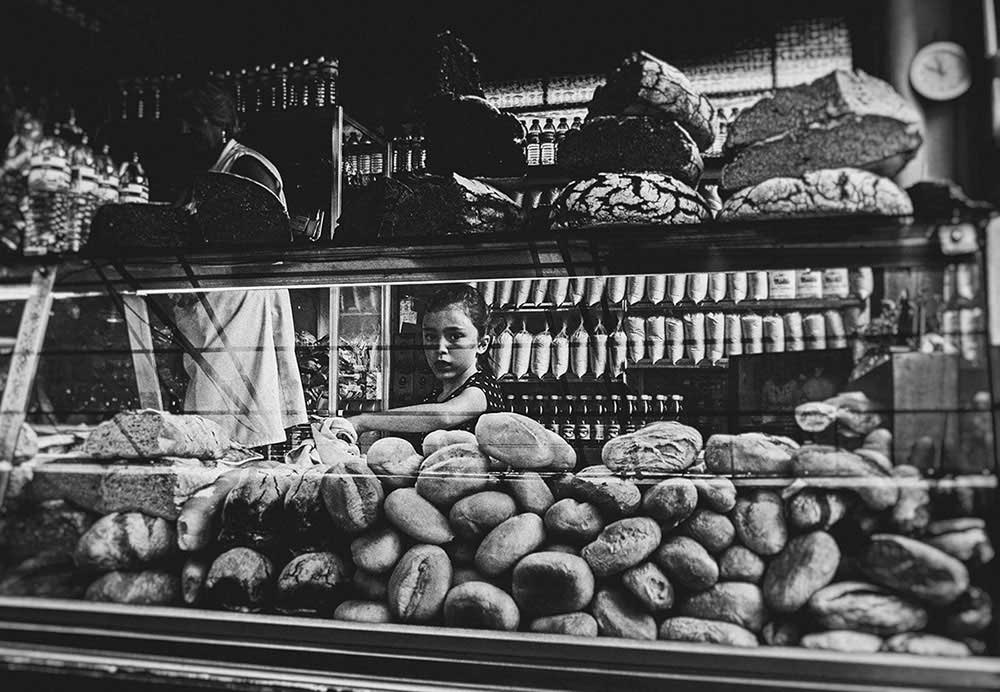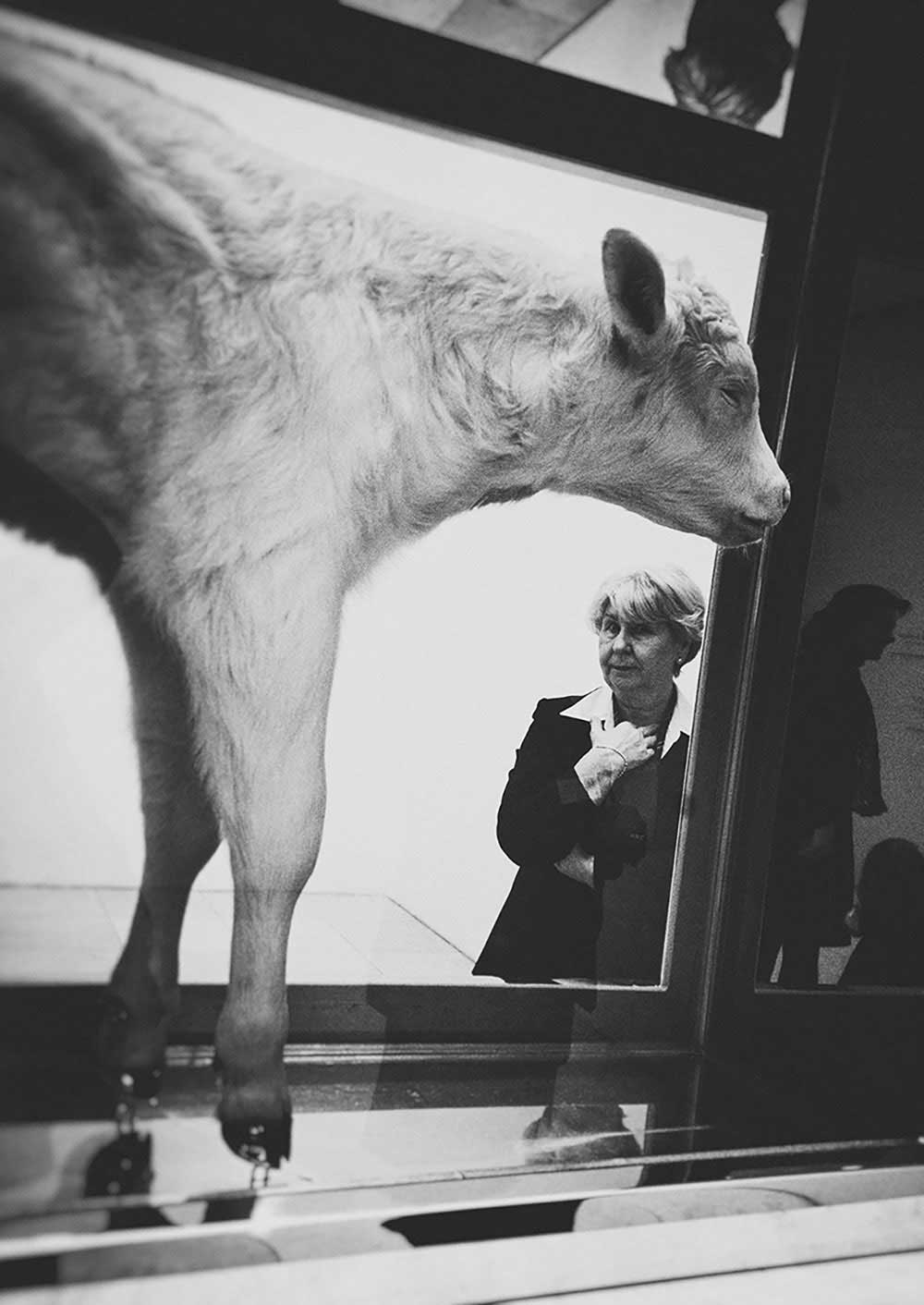Born in Reggio Calabria, Italy, December 1976. Degree in Economics. Free-lance photographer.
Started shooting at age 20. Some of his works appeared in Italian and international webzines: Dodho, Private, Monovisions, Design Radar (Interview), Orca Magazine, Frattura Scomposta, True Eye, Twohundredby200, Blanket Magazine, Phirebrush. Black ën White, portraiture and street photography addicted. [Printed edition] [Digital Edition]
I remember the first time I saw the photograph of the man in the bus on Dodho’s website. I loved the angle, the candidness of the shot and the gentleman’s expression to being photographed. I’d love to know a little bit more about this photograph, in which city was it taken and what you were thinking at the time once you shot the image?
Oh, it’s one of the pictures I’m most fond of. I was in Edinburgh, Scotland. It was 2013. I remember spending the afternoon in Leith, a port suburb of the capital, to visit the Royal Yacht Britannia.
On the way back, on the bus that brought me back to the old town, I noticed this guy who in turn was watching me while I was rechecking the shots captured with my Olympus battle, with expression halfway between curiosity and alertness. I think he was afraid I might photograph it in a moment of his distraction. At the stop before mine, he got up to get off the bus. It was at that moment that I immortalized him.
What I really like about this collection of images is that they are a refreshing viewpoint into how photographers ultimately start their journey. We simply pick up a camera and shoot, this body of work is exactly that. It showcases the simplicity of going out and photographing whatever comes your way. At what point did you realize you had gathered enough imagery to put together this body of work?
It happened last year. I was reorganizing my archive which consists, for the most part, in images made during the dozens of trips made in recent years in Europe along with what is my current wife. Dozens of faces of strangers, some of them even removed from my memories, appeared before me again. The game was done. It was simply a question of choosing the most interesting ones from an expressive point of view.
I’d like to know a little bit more about the equipment you used to shoot these photographs with. Did your gear change & evolve as time went on or did you rather stick to a traditional film format?
Well, when I’m on the road, especially on the road, I prefer a light and versatile equipment. For many of the shots of STOLEN PORTRAITS, I used a OLYMPUS XZ-2, compact indeed of great quality. Otherwise I remain faithful to the now legendary Nikon D700 and a series of strictly Ni-kon optics that allow me to get the best results in relation to the type of project on which I decided to work.
I can almost identify the locations themselves. The buildings, objects, commuters and sellers all appear different. It’s a body of work that really does to justice to the everyday worker. Is this something that you specifically wanted to achieve? A collection of photographs that highlighted the everyday, things that others might find ordinary, you find interesting…
This work is somewhat impromptu because it has been carried out, so to speak, on the spot and at the moment. Street photography pure, trying to capture the most interesting moments and faces in the places I visited. Of course, before I left, I had already planned to capture scenes like those that later merged into STOLEN PORTRAITS.
A second image that I found quite curious was that of the stuffed sheep in the glass. If I’m not mistaken that’s the work of Damien Hirst. I’d love to know a little bit more about that image and your experience viewing his work?
You guessed it! This is a work by Damien Hirst. I was in Hamburg, in 2010, and visiting the Kunsthalle Gallery, I came across an exhibition of his.
I find him to be a truly brilliant artist. For how he manages to convey the messages and for the originality of his works. And that exhibition offered me, then, the opportunity to bring home the shot with the stuffed sheep merged into the project.
Finally, this project was of course something that spanned a decade and due to the current COVID pandemic, travel restrictions are tighter than ever. Are you currently working on a similar project, possibly one that demonstrates the drastic change of movement and life on the street as a result of the pandemic itself?
You are right. Unfortunately, the Covid proved to be an enormous tragedy even from the tourist point of view. It is impossible, at the moment, to travel as it was before the pandemic.
I honestly did not want to tell this period photographically. Too many people have already done so and the risk is to inflate the argument by making it banal and ordinary. When, instead, it is a frightening tragedy that will mark us, perhaps, forever.
Francesco Scalici
A recent MA graduate from the University of Lincoln, Francesco has now focused on landscape photography as the basis of his photographic platform. An author for DODHO magazine, Francesco’s interest in documentary photography has turned to writing and has had various articles, interviews and book reviews published on platforms such as: ‘All About Photo.com’, ‘Float Magazine’ and ‘Life Framer Magazine’. Currently on a photographic internship, Francesco has most recently been involved in the making of a short film titled: ‘No One Else’, directed by Pedro Sanchez Román and produced my Martin Nuza.



